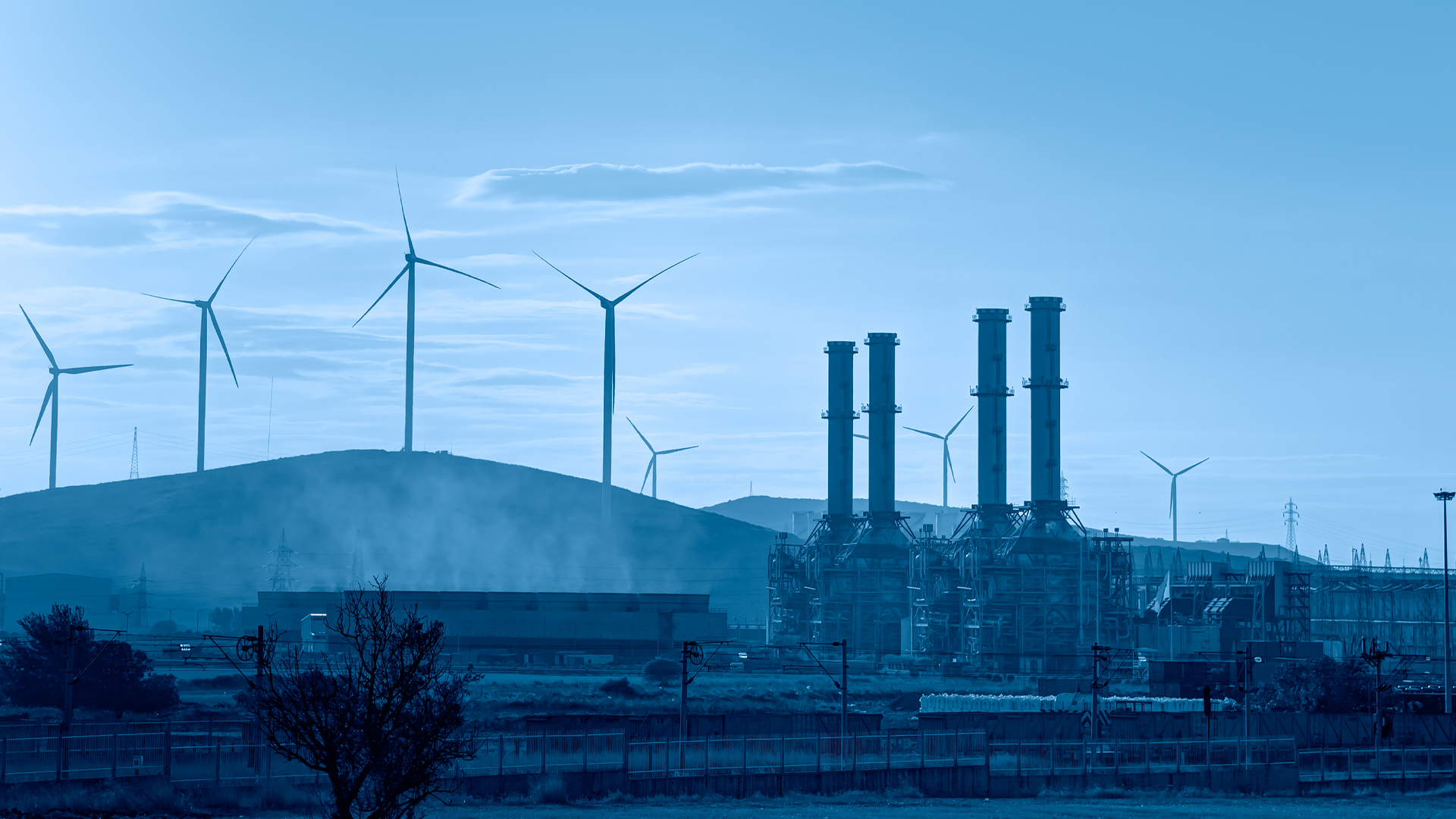
September’s federal election followed a singularly hot summer and the publication of the latest United Nations Intergovernmental Panel on Climate Change (IPCC) report that was unequivocal about the need to redouble efforts to avoid the worst climate outcomes. The Liberals campaigned on reducing greenhouse gas (GHG) emissions to at least 40 per cent below 2005 emission levels by 2030, on the way to reaching net-zero GHG emissions by 2050. The electricity sector’s net-zero goal comes 15 years sooner, by 2035.
With the election now over, government can begin turning the promises of the campaign into pragmatic public policy. However, it will require more than tax breaks and preferential financing for lower carbon options. To make this transition in time, projects big and small must be built at an unprecedented pace, while providing a stabilizing force to counterbalance the shocks that individual communities will face.
Unfortunately, at this time, details around how Canada would meet its greenhouse gas reduction goal by 2030 are sparse. So-called climate “plans” are more a set of sectoral ambitions, interspersed with some proposed government actions, rather than a grounded, realistic, whole-of-government framework that acknowledges the magnitude of the challenge facing us.
With 2030 slightly more than eight years away, policies that simply aim to remove GHG emissions will not be enough. Canada cannot build a low-carbon economy through subtraction alone. Whatever is removed must be replaced with something better. Creating a healthy and prosperous future will require that we build more, and build faster, than ever before. Canada struggles with this. The World Bank recently ranked Canada 64th in the world for ease and speed of obtaining construction permits.
The IPCC’s report states that emissions from human activities are responsible for approximately 1.1°C of warming since the late 19th century, and attributes much of the extreme weather we are now experiencing to climate change.
It should be no surprise then, that recent polling indicates that climate change is a concern for many Canadians. Change brings uncertainty. Few people can tolerate significant uncertainty about possible extreme weather events, about the world the next generation will inherit and about who will have what jobs when things change. Not only must we quickly replace high-GHG emission activities with lower emissions activities, but we must do so in a way that brings stability to Canadians and their communities through the transition.
Since 2014, the electricity sector alone has seen performance standards on natural gas-fired electricity generation, coal phase-out plans, carbon pricing, a clean fuel standard, incentives for all manner of low-emission generation and fuel switching initiatives, and more. Now what remains to be done? How big is this job to which we have now committed?
Compare Canada’s latest nationally determined contribution (NDC) to the GHG emissions reports submitted to the UN Framework Convention on Climate Change (UNFCCC). Canada’s current commitment is to reduce GHG emissions between 40 to 45 per cent below the 2005 baseline level by 2030. This means that by 2030, if we have succeeded, our emissions will be more than 40 per cent lower than they were in 2005.
In millions of tonnes of CO2 emissions, that works out to:
- Canada’s most recent CO2 emissions = approximately 730 Mt;
- Canada’s emissions in 2005 (the “base year”) = approximately 739 Mt;
- 2030 goal (40-45 per cent reduction from 2005 levels) = 406 to 443 Mt, a reduction of between 287 and 324 Mt;
- 2030 goal: average yearly reduction from 2020-30: 28.7 Mt per year.
These are large numbers and they can be difficult to visualize. For context, the combined 2019 emissions from all of Alberta and Newfoundland and Labrador equal 286.9 Mt – just shy of our minimum 2030 commitment. All provinces east of the Manitoba-Saskatchewan border (Manitoba, Ontario, Quebec and the Atlantic provinces) emitted approximately 311 Mt in 2019, well short of the aspirational upper 45 per cent 2030 target.
There are eight more years before 2030. Can Canada achieve its goals? While not a guarantee of future performance, past performance can offer some context.
In the 14 years between 2005 and 2019, Canada managed to reduce GHG emissions by 8.6 Mt, representing a 1.16 per cent reduction from the baseline year. On average, about 0.6 Mt per year.
Canada’s best single year since 2005 in terms of GHG reductions was 2008-09, when emissions dropped as low as 694 Mt. This did not coincide with changes to GHG policy. It was a result of the global recession triggered by the 2008 financial crisis. Since then, emissions have returned to their pre-recession, 2006 level.
In 2014, the elimination of coal in the province of Ontario — the “single largest greenhouse gas (GHG) emissions reduction on the continent” — was completed. Though described as a singular event, it was a process that took nine years, starting in 2005. This accounts for an estimated reduction in GHG emissions of approximately 27 Mt, or an average yearly reduction of three Mt/year.
Of the seven major economic sectors in Canada, only the electricity, heavy industry and “waste and others” sectors have successfully reduced emissions between 2005 and 2019. Of those three, the electricity sector reduced emissions the most during this period, by 56.5 Mt or 48 per cent. This would give an average yearly reduction of just over four Mt/year. The electricity sector’s largest single year reduction on record was 15.1 Mt in 2009, coinciding with the economic crisis.
In terms of scale, meeting the 2030 and 2050 targets is entirely new territory. Canada has not achieved anything like the necessary changes in the energy system in the past. Transitioning Canada’s energy system requires far more than de-emphasizing fossil fuels through policies such as carbon pricing and the promised clean electricity standard. It is not materials, labour, financing or engineering know-how that is limiting our ability to move forward. The critical gap is in the lack of a whole-of-government approach that will help Canadians build what is needed quickly. A continuing decline in our ability to get these necessary things built cannot continue if we are to meet our climate goals.
Based on past performance, more of the same is clearly untenable. All of Canada’s elected leaders, government and opposition alike, must ask themselves three questions:
- What is your vision for a rapidly decarbonizing economy in 2030?
- What specific policy measures will you enact to support the transition, ensuring the right investments can be made at a pace that matches the urgency?
- More importantly: How will you bring our fellow Canadians and their communities along on this journey?
In terms of the urgency to build low carbon infrastructure, 2030 begins today. If we are to meet our climate goals – sadly, it would be the first time – Canada must focus on its performance in actually building infrastructure that matters, in ways that improve the communities that will be most impacted by this transition.










